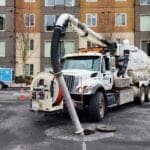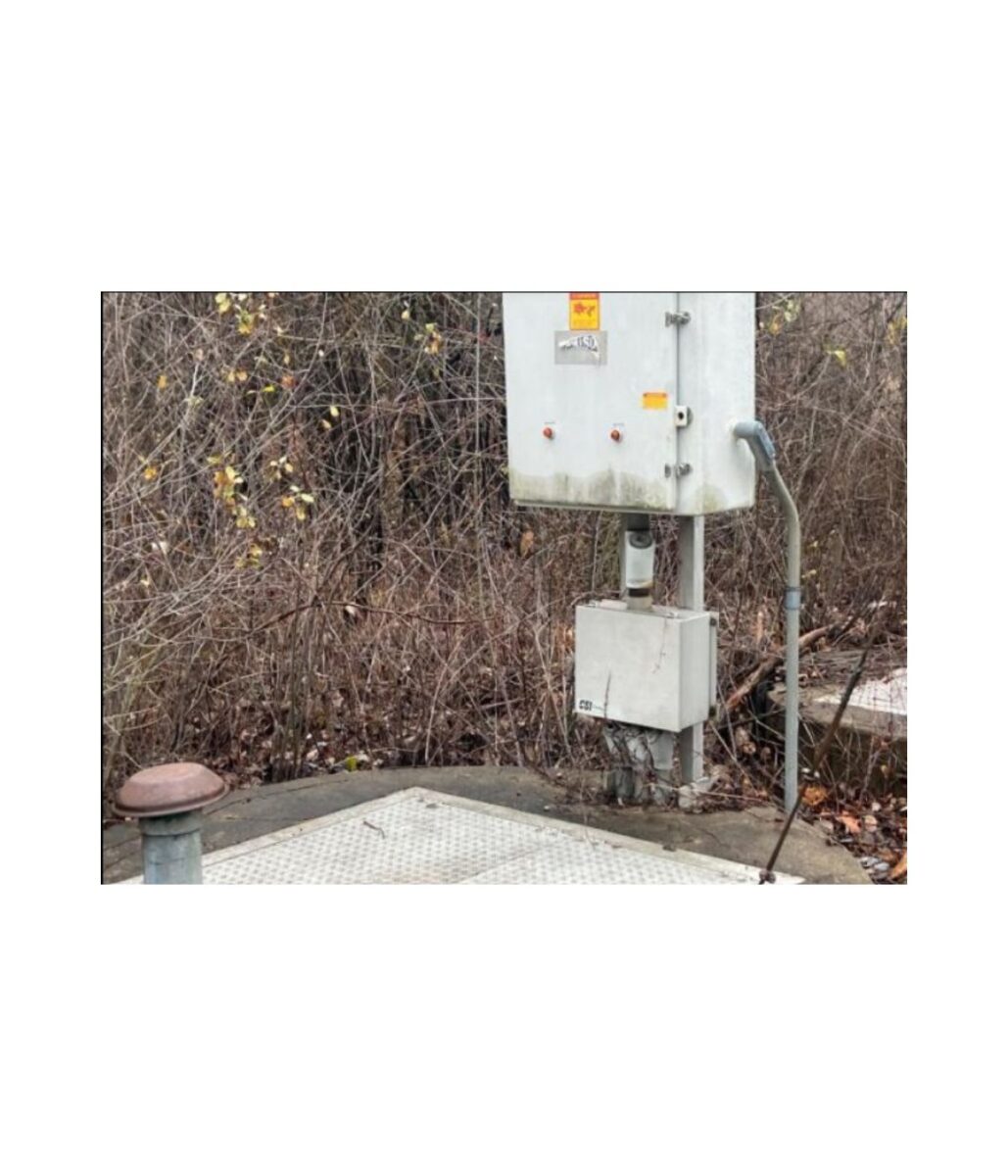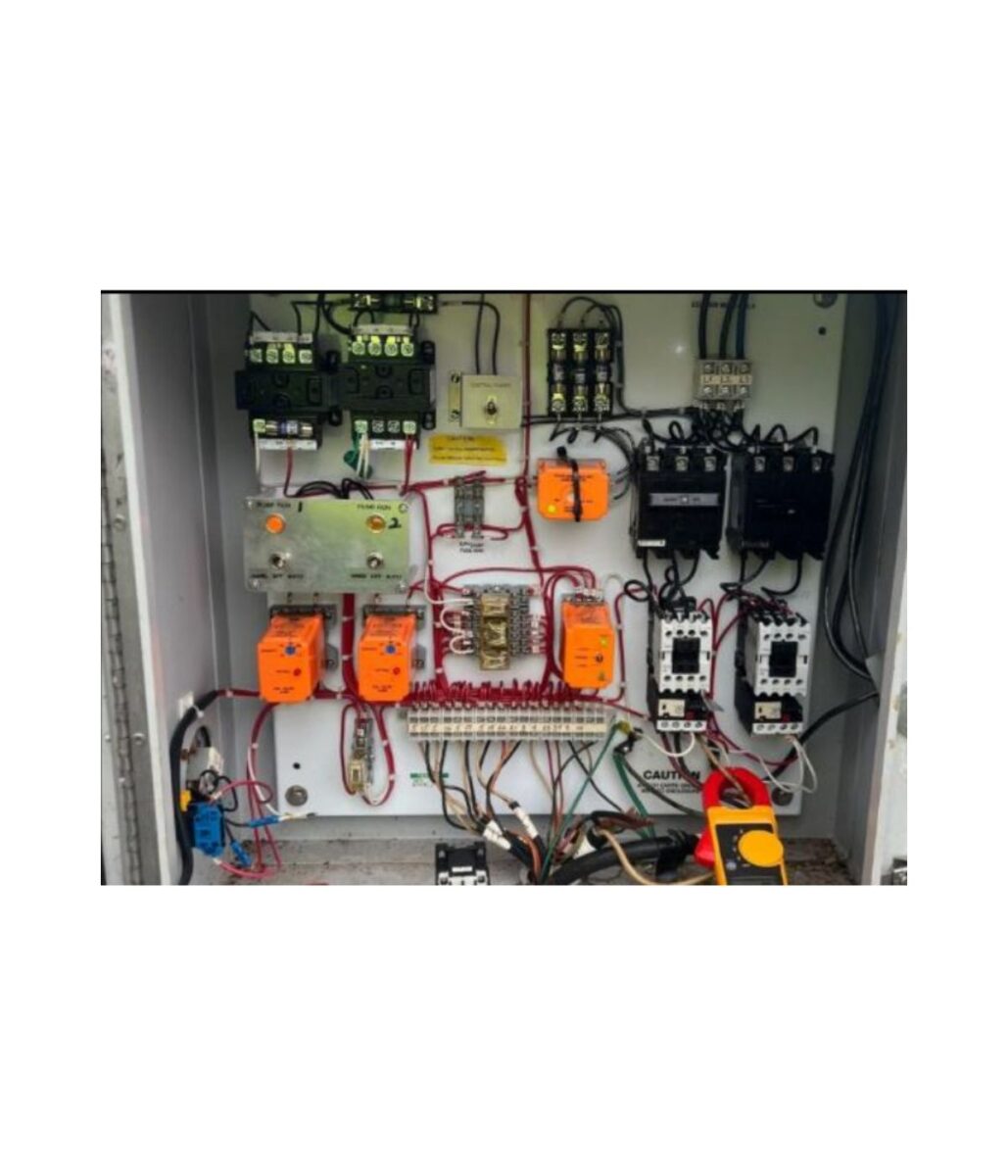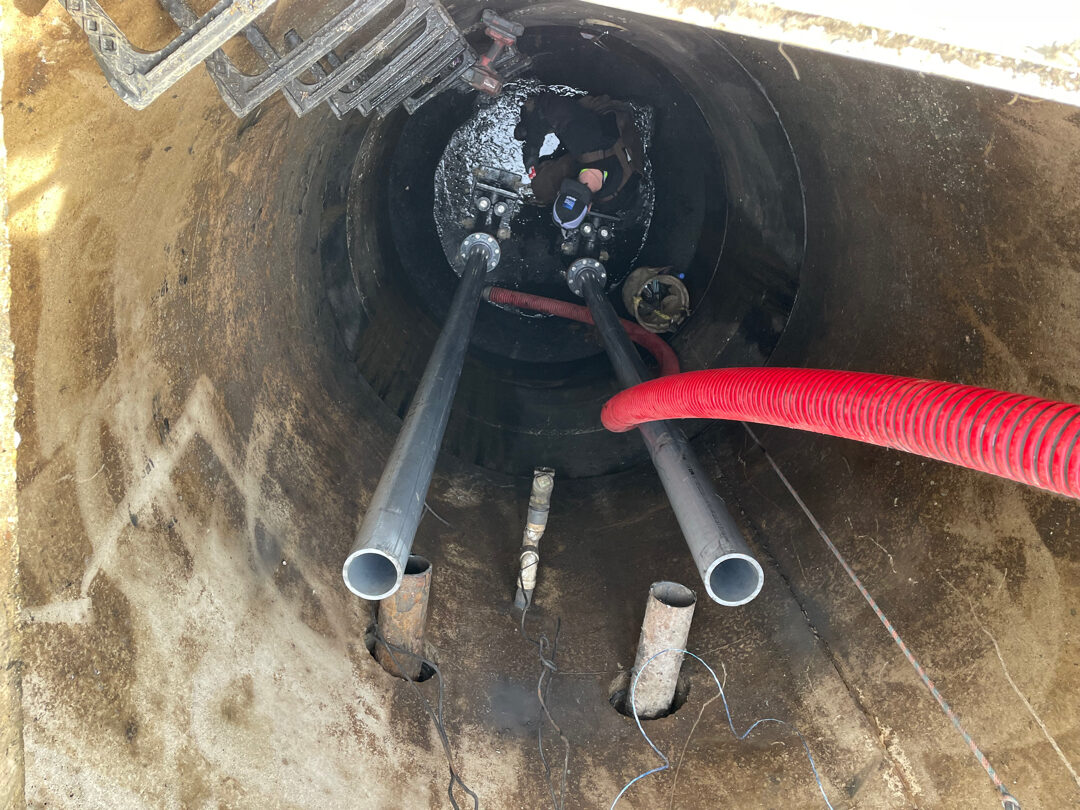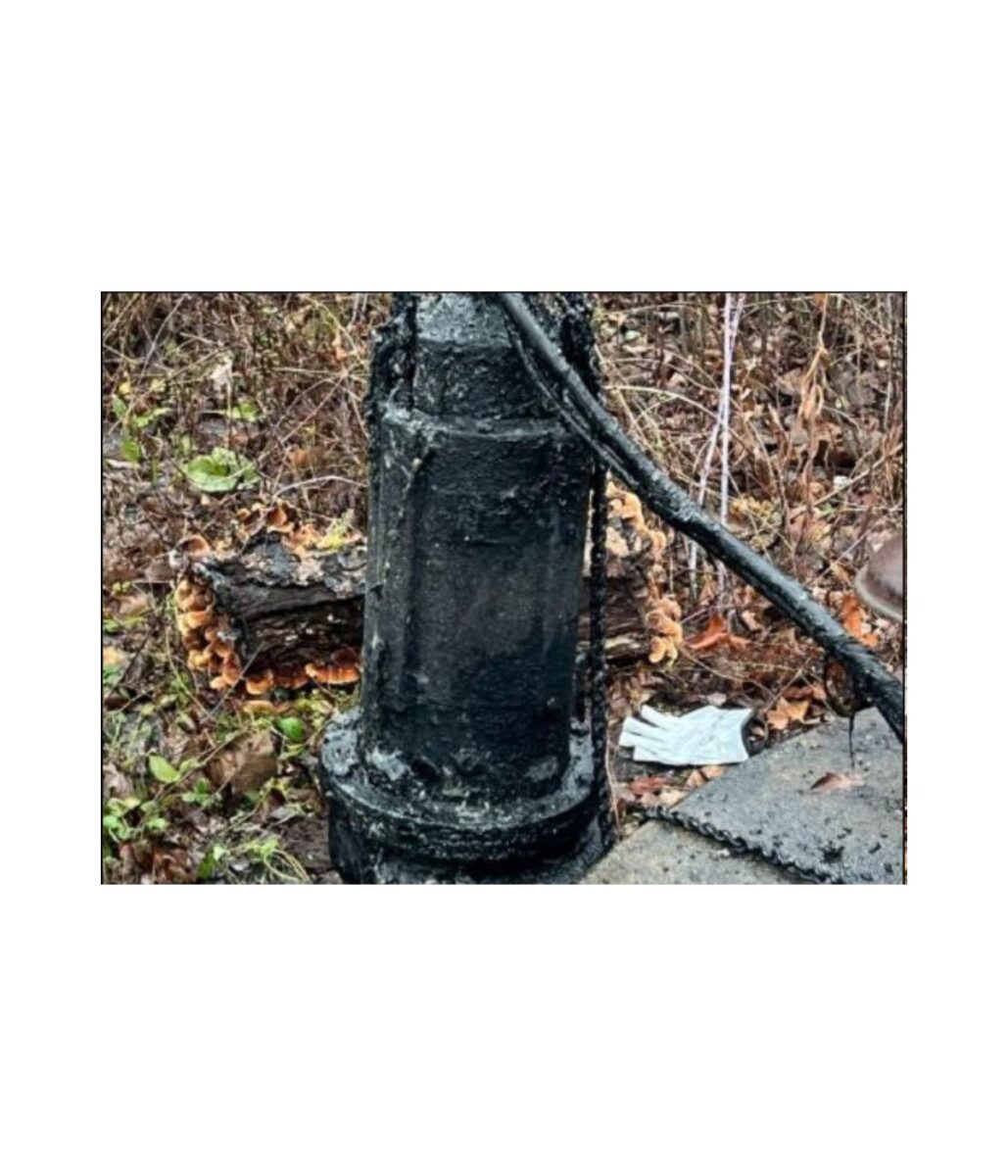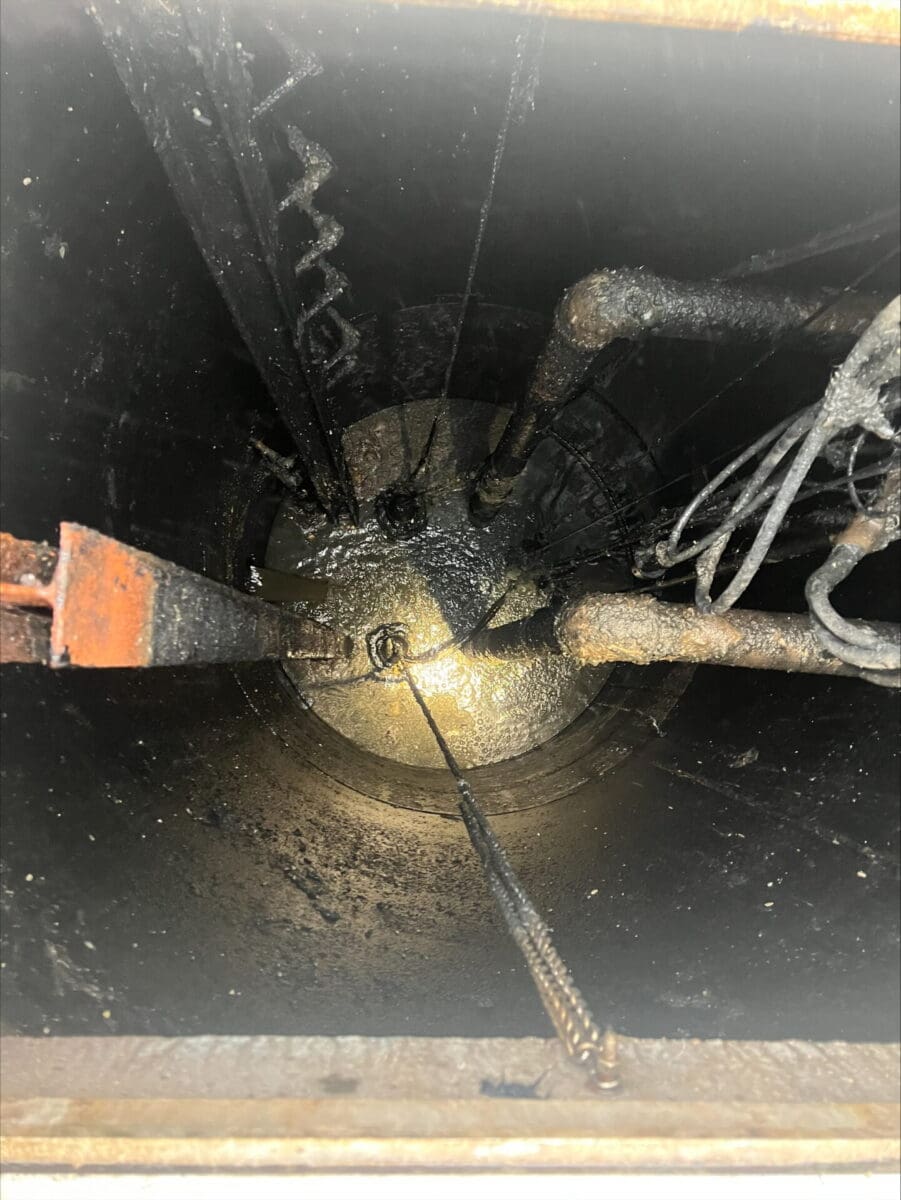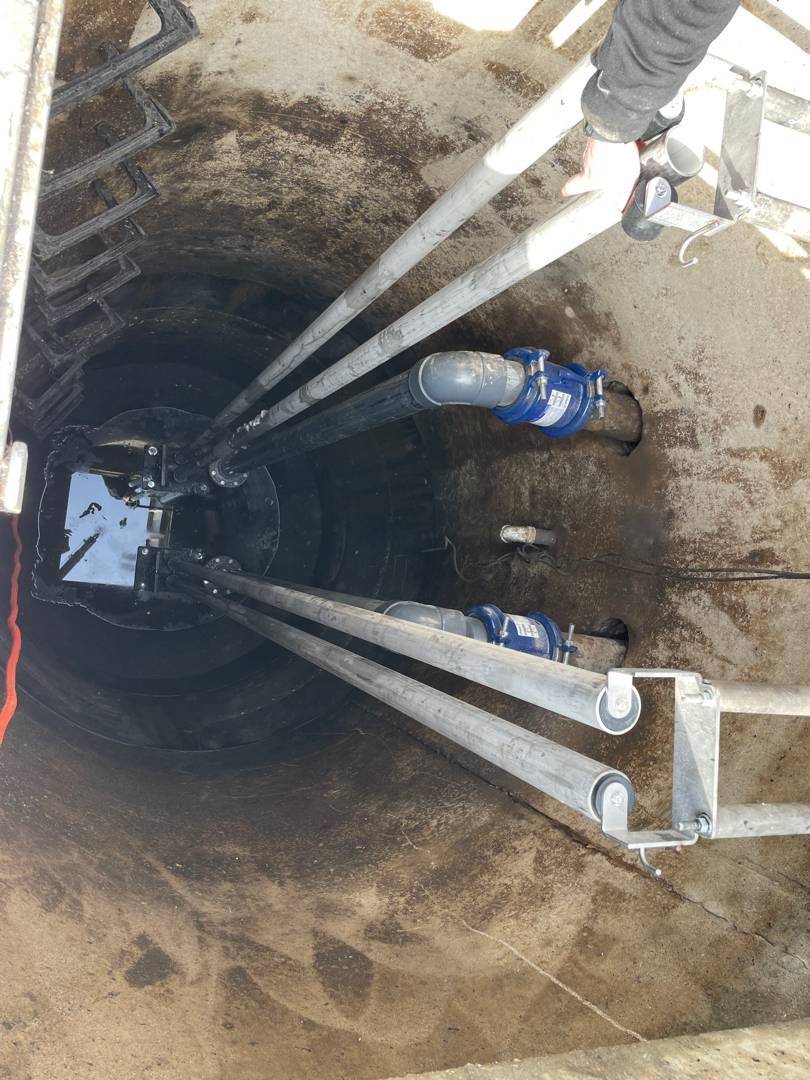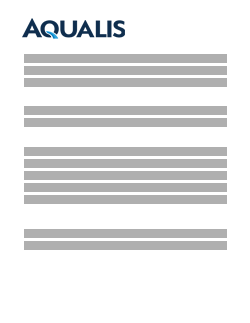Mansfield, Ohio Lift Station Pump Replacement
Mansfield, Ohio |
Commercial |
Lift Station Repairs
Overview:
This lift station, servicing a large commercial property, experienced a complete failure of both pumps, leading to a sanitary sewer overflow (SSO). City officials and the Health Department were called to the site, and a Notice of Violation (NOV) was issued.
Problem:
By the time AQUALIS was contacted to inspect the site, the situation was already urgent. The station was actively overflowing and required immediate bypass pumping to prevent further discharge of untreated wastewater. Upon the first inspection one pump had failed and the other was in critical condition. The second pump had burned out entirely and had to be removed. During the removal process, a significant amount of debris was extracted from pump one. This is an indication of lack of maintenance as debris was backed up.
Pump one, which initially showed signs of functionality, was returned to the well and began pumping temporarily before failing as well. This confirmed that the entire lift station was inoperable and required emergency bypass operations while a permanent solution was designed. At this point, the client was already facing involvement from city regulators and the health department. The potential for further damage or legal liability was high.
Root Causes and Site-Specific Challenges
Several issues were identified during the inspection that contributed to the failure:
- Mechanical failure of both pumps due to overuse, lack of maintenance and debris accumulation.
- Poor solids management in the upstream settling tank, which contained not only sludge but also compacted solids that a standard pump-out could not remove.
- Aging electrical components in the control panel, including worn contactors and overloads.
- Degraded guide rails and base elbows, making proper pump alignment and reinstallation difficult and hazardous.
These components, although often hidden from view, are essential to safe and effective operation. Without functional guide rails and base elbows, removing or reinstalling pumps becomes dangerous and requires confined space entry by certified professionals. Similarly, worn float switches can fail to trigger pump starts or high-water alarms, as happened here. Regular lift station inspections can identify these problems at earlier stages, ultimately preventing these worse case scenarios.

Before

After
Solution:
Due to the severity of the failure, AQUALIS proposed a complete rehabilitation of the lift station to restore system functionality and regulatory compliance. First both pumps needed to be fully replaced. The original pumps were undersized and overworked, so high-efficiency pumps were chosen as replacements as they can move larger solids. These were better suited for the capacity of the property. Because the existing station lacked an effective base elbow and guide rail system, technicians installed a new system, including heavy-duty lift chains. This would allow future pump servicing to be completed more safely and cost-effectively, minimizing the need for confined space entry and reducing ongoing maintenance costs.
Inside the system, both the wet well and the settling tank were thoroughly cleaned. This went beyond standard sediment removal. Crews removed built-up solids and corrosive materials that accelerate equipment deterioration. Once the system was cleaned, the team installed new floats to monitor water levels and connect to the control panel for accurate alarm activation.
The control panel itself required component upgrades, including new contactors and overloads. This also allowed technicians to fully test the rehabilitated system and confirm proper functionality of emergency controls and alarms.
Finally, technicians also performed a comprehensive maintenance inspection, including voltage testing, megohm readings, pump amp draw assessments and valve exercising (where accessible), ensuring that every component of the station was evaluated.
One critical challenge, as with all lift station failures, is the lead time for the replacement pumps, estimated at 6 to 12 weeks. During this time, the client was responsible for maintaining bypass pumping services, which can cost thousands of dollars per week depending on flow rates and local hauling fees.
This delay underlined the importance of preventive maintenance and early issue detection. Had the pumps been inspected and serviced regularly, minor issues could have been resolved without emergency pumping or environmental violations.
Outcome and Lessons Learned
By investing in a full system rehabilitation, the client avoided what could have been a months-long regulatory and operational nightmare. The new equipment, properly installed and monitored, will offer reliability and peace of mind.
Key Takeaways for Property Owners:
- Preventive maintenance is essential: Simple inspections can uncover failing floats, minor wear on electrical components, or debris before they disable your pumps.
- Bypass pumping is expensive and disruptive: Avoiding it through timely intervention saves money and hassle.
- NOVs carry long-term consequences: Fines, required reporting, and reputational damage can follow a single overflow event.
- System upgrades pay for themselves: Investing in durable equipment reduces emergency response costs and increases asset lifespan.
Conclusion
Lift station failures are not just an inconvenience—they’re a public health hazard and financial liability. Projects like this highlight how proactive maintenance, timely intervention and strategic upgrades can prevent thousands in emergency costs and avoid catastrophic outcomes.
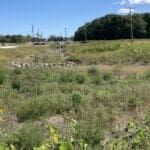 Kenosha, Wis. Highway KR Regenerative Stormwater ConveyanceThe Root-Pike Watershed Initiative Network Kenosha County, and others worked with AQUALIS to design and implement an innovative solution for stormwater control along Highway KR.
Kenosha, Wis. Highway KR Regenerative Stormwater ConveyanceThe Root-Pike Watershed Initiative Network Kenosha County, and others worked with AQUALIS to design and implement an innovative solution for stormwater control along Highway KR.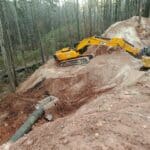 Durham, N.C. Sinkhole Leads to Stormwater System RehabilitationThe tenant on this property noticed a depression that opened to the ground below and notified the property owners.
Durham, N.C. Sinkhole Leads to Stormwater System RehabilitationThe tenant on this property noticed a depression that opened to the ground below and notified the property owners.